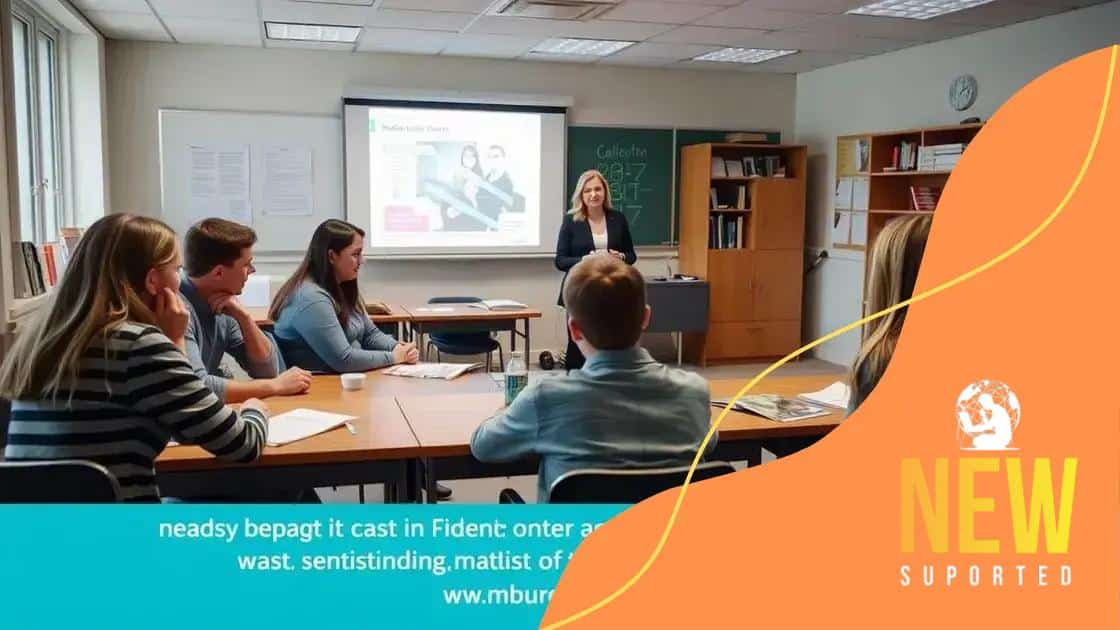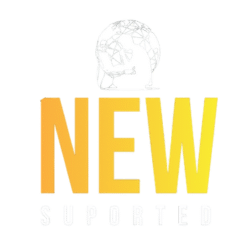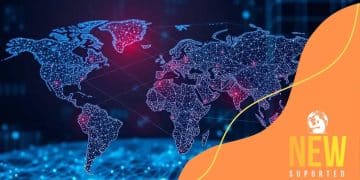Governments fight disinformation with new frameworks

Governments fight disinformation with new frameworks that include legislation, public education, and collaboration with technology companies to ensure information integrity and protect the public from false narratives.
Governments fight disinformation with new frameworks to maintain trust and transparency in communication. It’s a complex battle, but have you wondered how these frameworks work in real life?
Understanding disinformation and its impact
Understanding disinformation and its impact is critical in today’s digital age. As we navigate through an overwhelming amount of information online, it becomes increasingly difficult to distinguish between fact and fiction. This phenomenon can influence public opinion, disrupt communication, and even sway elections.
What is disinformation?
Disinformation involves spreading false information deliberately to deceive others. Unlike misinformation, which may be spread unintentionally, disinformation is crafted with specific intentions. Recognizing it is the first step toward combating its effects.
The Impact of Disinformation
Disinformation can have profound effects:
- Public trust erosion: Continual exposure to false information can lead to skepticism about credible sources, making it harder for the public to believe legitimate news.
- Polarization: Individuals may become more divided in their beliefs, creating an environment where constructive dialogue becomes nearly impossible.
- Political consequences: Misinformation can alter election outcomes by swaying voters, leading to decisions based on inaccurate narratives.
Additionally, disinformation can foster fear and anxiety among populations. For instance, during health crises, false information about treatments or vaccines can endanger lives. In this context, understanding the motivations behind disinformation is vital.
Some individuals or groups may disseminate disinformation for political gain, financial profit, or social influence. The key lies in awareness; when people can identify disinformation, they are better equipped to resist its effects.
Recent frameworks introduced by governments
Recent frameworks introduced by governments play a crucial role in combating disinformation. As false narratives spread rapidly through social media and other digital platforms, it is essential for governments to adopt innovative approaches to protect truth and public trust.
Key Frameworks
Multiple countries are taking action by developing new frameworks aimed at decreasing the impact of disinformation. These frameworks often include:
- Legislation: New laws are being drafted to penalize the spread of disinformation, holding individuals and organizations accountable for false claims.
- Partnerships: Governments are collaborating with tech companies to create tools that identify and flag disinformation as it occurs.
- Public Education: Campaigns are launched to inform citizens about how to identify and report disinformation, empowering them to verify information independently.
These frameworks also emphasize transparency. By providing details on how information is verified and what criteria are used, governments can build public trust.
Moreover, some countries have established dedicated task forces or agencies focused solely on monitoring disinformation. These entities collaborate with experts to analyze emerging threats and respond effectively. The proactive approach allows for swift action when disinformation campaigns arise.
Governments are recognizing that tackling disinformation is not just a reactive process; it requires foresight, collaboration, and ongoing effort. By embracing technological advancements and prioritizing public awareness, these frameworks aim to create a more informed society.
Case studies of successful implementations

Case studies of successful implementations can provide valuable insights into how governments have effectively tackled disinformation. These real-world examples highlight strategies and approaches that have made a positive impact on society.
Example 1: The UK’s Online Safety Bill
The United Kingdom introduced the Online Safety Bill that aims to regulate harmful content online. This legislation focuses on holding social media platforms accountable for the disinformation disseminated on their sites. By mandating stricter content moderation, the UK has seen a reduction in the circulation of false narratives.
Example 2: Finland’s Educational Approaches
Finland has taken a proactive stance by integrating media literacy into its school curriculum. Students are taught how to critically evaluate the information they encounter online. This educational initiative empowers future generations to recognize and resist disinformation effectively.
- Focus on skills: Students learn to analyze the credibility of sources.
- Active participation: Engaging in discussions about current events helps develop critical thinking.
- Community involvement: The program encourages collaboration between schools and parents.
These approaches show that educating the public plays a crucial role in fighting disinformation. By creating awareness, societies become more resilient against falsehoods.
Another notable example is the European Union’s initiatives that promote fact-checking platforms. This effort aims to provide citizens with trusted sources of information. By collaborating with journalists and fact-checkers, governments can help ensure that accurate narratives prevail.
In these case studies, the combination of regulation, education, and community involvement demonstrates what successful implementation looks like. These frameworks not only address current issues but also lay the foundation for informed future generations.
Challenges in combating disinformation
Challenges in combating disinformation are significant and multifaceted. As technology evolves, so do the tactics used to spread false information. Therefore, addressing these challenges requires a comprehensive understanding of the underlying issues.
Rapid Spread of Information
One of the primary challenges is the rapid spread of information online. Social media platforms allow anyone to share content instantly, making it difficult to control false narratives. The fast-paced nature of the internet means that disinformation can go viral before it is even verified.
Identifying Sources
Another critical issue is identifying the sources of disinformation. With many accounts operating anonymously, it can be hard to pinpoint who is behind misleading content. This anonymity emboldens individuals to spread falsehoods without fear of accountability. Consequently, tracking these sources is crucial for effective responses.
- Anonymity of accounts: Many users spread disinformation without revealing their identities, complicating efforts to hold them accountable.
- Bot networks: Automated accounts can amplify deceptive narratives quickly.
- Manipulated media: Deepfakes and altered images can mislead viewers and are hard to detect.
Furthermore, the public’s ability to discern truth from fiction varies widely. While some individuals are media-savvy, others may lack the skills to critically evaluate information. This skill gap makes it easier for disinformation to thrive, especially among vulnerable populations.
Governments and organizations can create campaigns to educate the public about disinformation. Such initiatives can help people recognize warning signs, but they also require time and resources, which may not always be available.
Finally, there’s the challenge of balancing freedom of speech with the need to combat disinformation. Implementing regulations can help control false narratives, but it may also raise concerns about censorship. Striking the right balance is essential for a healthy democracy.
Future outlook on information integrity
The future outlook on information integrity is increasingly critical as we face a digital landscape filled with challenges. As technology progresses, the threats from disinformation are expected to evolve, prompting the need for robust solutions and strategies.
Emerging Technologies
New technologies, such as artificial intelligence, are shaping how we combat disinformation. Machine learning algorithms can analyze vast amounts of data, helping to identify patterns and sources of false information quickly. These technologies can enhance detection methods and streamline responses, making it easier to combat misleading narratives.
Collaboration and Regulation
Collaboration between governments, tech companies, and communities will be essential in maintaining information integrity. Joint initiatives can lead to the development of guidelines and best practices for identifying and mitigating disinformation.
- Policy development: Creating policies that hold platforms accountable for the content they host.
- Sharing best practices: Encouraging information sharing about emerging threats among stakeholders.
- Innovative tools: Developing tools that allow users to verify information quickly and easily.
Public participation will also play a key role in the future of information integrity. Educating citizens about recognizing disinformation and enabling them to report suspicious content fosters a more informed populace. Programs aimed at increasing media literacy will empower individuals to become active participants in the fight against falsehoods.
Furthermore, as global perspectives shift, international cooperation will be critical. Sharing strategies and learning from each other’s experiences can strengthen the overall response to disinformation. Building global coalitions dedicated to this cause can help standardize approaches and foster unity in tackling misinformation.
In an ever-changing digital world, staying ahead of threats to information integrity requires a proactive approach. By leveraging technology, fostering collaboration, and empowering individuals, the future can be a safer space for truthful communication.
In conclusion, combating disinformation is an ongoing challenge that requires collaboration, education, and innovative technology. As we move toward a future focused on information integrity, it is essential for governments, tech companies, and individuals to work together. By promoting media literacy and using advanced tools to identify falsehoods, we can create a more informed society. It’s important that everyone plays a part in this mission, ensuring that truth prevails in our digital age.
FAQ – Frequently Asked Questions about Combating Disinformation
What are the main challenges in combating disinformation?
The main challenges include the rapid spread of false information online, anonymity of sources, and the varying ability of the public to discern credible information.
How can technology help fight disinformation?
Technology, particularly artificial intelligence, can analyze data and identify patterns of disinformation, helping to detect and combat false narratives effectively.
Why is media literacy important in the fight against disinformation?
Media literacy empowers individuals to critically evaluate information, recognize disinformation, and make informed decisions about the content they consume.
What role do governments play in managing disinformation?
Governments play a crucial role by creating regulations, promoting public education campaigns, and collaborating with tech companies to ensure accountability and transparency.






